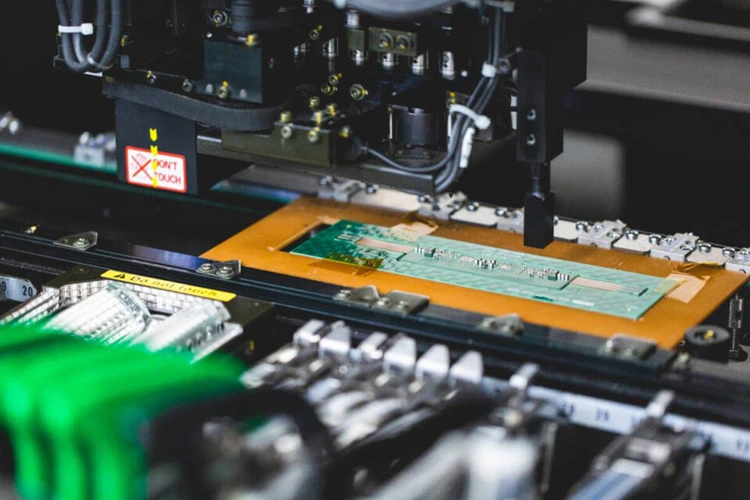Turnkey electronics manufacturing is a popular choice for many businesses looking to streamline their production processes. Understanding the cost analysis of this approach is crucial for companies aiming to make informed decisions and optimize their production efficiency. In this article, we will explore the various aspects of cost analysis of turnkey electronics manufacturing, shedding light on its benefits and potential challenges.

What is Turnkey Electronics Manufacturing?
Turnkey electronics manufacturing refers to a comprehensive service where a single provider manages the entire production process. This includes everything from design and procurement to assembly and testing. Businesses opting for this service can focus on their core competencies while leaving the manufacturing to the experts.
Benefits of Turnkey Electronics Manufacturing
Choosing turnkey solutions offers numerous advantages, which include:
1. Cost Efficiency
By outsourcing to a turnkey provider, companies can often reduce their overall costs. These providers typically have established relationships with suppliers, leading to cost savings on materials and components.
2. Time Savings
With a single entity managing the entire process, production times are generally faster. This means quicker time-to-market for products, allowing companies to stay competitive.
3. Quality Assurance
Turnkey providers often have stringent quality control measures in place, ensuring that the final product meets industry standards and customer expectations. Learn more about consistent product quality.
Key Cost Factors in Turnkey Manufacturing
Several factors influence the overall cost of turnkey electronics manufacturing. It’s essential to consider these elements to effectively manage budgets and expectations.
1. Design and Development Costs
Initial design and development are critical phases that require skilled labor and resources. The complexity of the product design can significantly impact costs.
2. Material and Component Costs
Material selection and component procurement play a major role in determining costs. Bulk purchasing and established supplier relationships can lead to substantial savings.
3. Labor Costs
Labor costs can vary depending on the location of the manufacturing facility and the expertise required. Outsourcing to regions with lower labor costs can be advantageous.
4. Overhead Costs
Overhead costs include expenses related to facilities, utilities, and administrative functions. Streamlining these costs is vital for maintaining profitability. Discover how turnkey helps reduce overhead.
Challenges in Cost Analysis
While turnkey electronics manufacturing offers many benefits, it’s not without challenges, particularly in cost analysis.
1. Hidden Costs
Hidden costs can arise from unforeseen issues such as design changes or production delays. It’s crucial to account for these potential costs during the planning phase.
2. Quality Control Issues
Ensuring consistent quality can be challenging, especially when working with multiple suppliers. It’s important to have robust quality control measures in place. Learn about quality improvement in turnkey PCB assembly.
Strategies for Effective Cost Management
To maximize the benefits of turnkey electronics manufacturing, companies should implement effective cost management strategies.
1. Detailed Planning
Comprehensive planning is essential to anticipate costs accurately. This includes thorough market research and detailed project timelines.
2. Supplier Negotiation
Negotiating favorable terms with suppliers can lead to significant cost savings. It’s beneficial to work with suppliers who offer competitive prices and reliable delivery.
3. Continuous Monitoring
Regularly monitoring the production process helps identify potential cost overruns early. This allows for timely interventions and adjustments.
Conclusion
In conclusion, understanding the cost analysis of turnkey electronics manufacturing is vital for businesses looking to optimize their production processes. By considering factors such as design, materials, labor, and overhead, companies can make informed decisions that enhance efficiency and profitability. For more insights on the benefits of turnkey manufacturing, visit this external resource.

FAQs
1. What is turnkey electronics manufacturing?
Turnkey electronics manufacturing is a service where a single provider manages the entire production process, from design to delivery.
2. How can turnkey solutions reduce costs?
Turnkey solutions can reduce costs through bulk purchasing, efficient processes, and established supplier relationships.
3. What are the challenges of turnkey manufacturing?
Challenges include managing hidden costs, ensuring consistent quality, and navigating supplier relationships.


